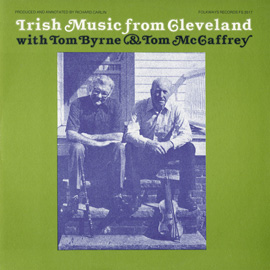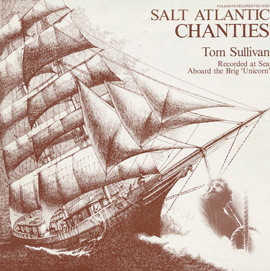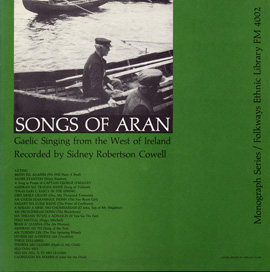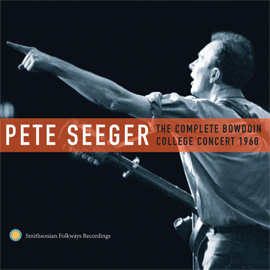Summary
Explore the world of Irish culture through playing, singing and dancing. Students will learn to differentiate styles of Irish music and start discussing the cultural context of song and dance.
Suggested Grade Levels: 3-5
Country: Ireland
Region: Northern Europe
Culture Group: Irish
Genre: Jigs, Polkas
Instruments: Recorder, Percussion, Voice
Language: English
Co-Curricular Areas: Social Studies, Dance
National Standards: 1, 2, 6, 7, 9
Prerequisites: For segment 3, students must know basic notes on recorder
Objectives:
- Perform two types of Irish folk dance
- Recognize traditional characteristics of Irish folk music
- Learn to sing and play an Irish polka tune
Material:
- “Lark in the Morning /Irish Washerwoman /Irish Washer Woman (medley)” by Tom Sullivan from On Deck and Below: Irish at Sea: Music of Western Ocean Packet (FW 03566)
- “Christmas Eve” by Tom Byrne and Tom McCaffrey from Irish Music from Cleveland, Vol. 2: The Community Tradition (FW03521)
- Orff instruments
- Recorders
Lesson Segments:
- Irish Folk Dance – Jig (National Standard 6)
- Irish Folk Dance – Stew (National Standard 6)
- Instrument Playing (National Standards 1, 2, 7, 9)
Lesson Segment #1: Irish Folk Dance – Jig
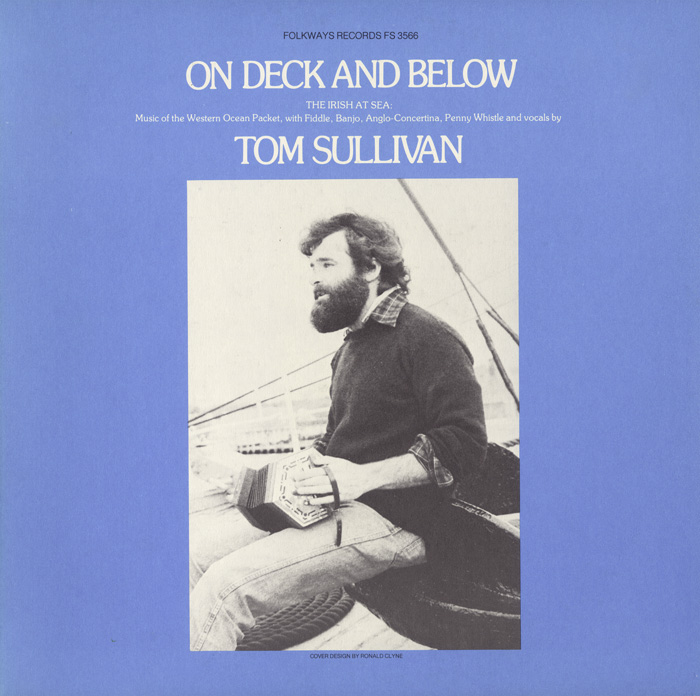
“Lark in the Morning /Irish Washerwoman /Irish Washer Woman (medley)”
from On Deck and Below: The Irish at Sea: Music of the Western Ocean Packet (1979) | FW03566
Objective:
- Perform an Irish folk dance to an Irish jig and move to the appropriate meter pattern (2/4)
Materials:
- “Lark in the Morning /Irish Washerwoman /Irish Washer Woman (medley)” by Tom Sullivan from On Deck and Below: Irish at Sea: Music of Western Ocean Packet (FW 03566)
- Space to move
Procedure:
- Students listen to the medley listed above and pat the steady beat, alternating left and right hands.
- Students form a circle (they can also be in a line or simply scattered, depending on your space).
- Teacher performs the circle dance for students with the music (one time only).
- Tap heel toe, heel toe (right foot)
- Tap heel toe, heel toe (left foot)
- Do parts a & b a total of eight times
- Slide right four counts
- Slide left four counts
- Walk forward four counts (then clap)
- Walk backward four counts (then clap)
- Repeat parts f & g two times; on last repeat (walking backwards), spin around once
- Teacher performs the first segment of the dance (a & b); students “echo” this segment.
- Teach each segment of the dance; remediate as needed.
- Teacher performs entire dance without music for students; students “echo” with teacher counting.
- Students and teacher perform entire dance with music; repeat until the end of the music!
Assessment:
- Teacher observes students; were they able to perform the various steps and maintain a steady beat?
Lesson Segment #2. Irish Folk Dance – Stew

“The Girl I Left Behind Me / The Rakes of Mallow (medley)”
from As I Roved Out (Field Trip-Ireland) (1960) | FW08872
Objective:
- Perform an Irish folk dance (stew) to a traditional Irish tune and maintain a steady beat
Materials:
- “The Girl I Left Behind Me/The Rakes of Mallow (medley)” by Ceilidh Band from As I Roved Out (Field Trip-Ireland) (FW08872)
- Space to move
Procedure:
- Students listen to “The Girl I Left Behind Me/The Rakes of Mallow.”
- Students form a circle (they can also be in a line or simply scattered, depending on your space).
- Teacher performs the dance for students with the music (one time only).
- Circle right (16 counts)
- Circle left (16 counts)
- Jump, jump, clap, clap (do this two times total)
- Walk forward (four counts)
- Walk backward (four counts)
- Repeat d & e one time
- Teacher performs the first segment of the dance (a) for students; students “echo” teacher.
- Teach each segment of the dance; remediate as needed.
- Teacher performs entire dance without music for students; students “echo” with teacher counting.
- Students and teacher perform entire dance with music; repeat until the end of the music!
Assessment:
- Teacher observes students; were they able to perform the various steps and maintain a steady beat?
Lesson Segment #3. Instrument Playing
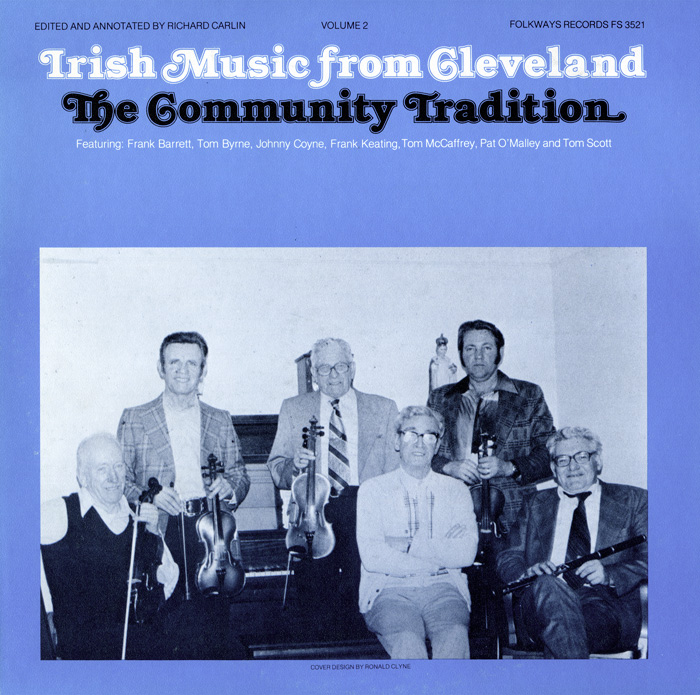
“Christmas Eve”
from Irish Music from Cleveland, Vol. 2: The Community Tradition (1979) | FW03521
Prerequisite:
- Students must know the following pitches on the recorder: D, E, F#, G, A, B, C, and D
Objectives:
- Sing an Irish polka tune
- Perform an Irish polka tune on the recorder (a member of the whistle family)
- Perform an accompaniment to an Irish polka tune on Orff instruments
- Recognize musical characteristics of Irish dances by performing an Irish polka tune as well as listening to an Irish reel
Materials:
- “Christmas Eve” by Tom Byrne and Tom McCaffrey from Irish Music from Cleveland, Vol. 2: The Community Tradition (FW03521)
- Recorders
- Various Orff instruments w/mallets
- Sheet music for “Oh, the Britches Full of Stitches!”
- Sheet music for Orff accompaniment (“Oh, the Britches Full of Stitches!”)
- World map (optional)
Procedure:
- Start by teaching “Oh, the Britches” by rote, singing (choose neutral syllable).
- Teach the melody of “Oh, the Britches” by rote on recorder (slow at first, then faster).
- Select students to play Orff instruments; teach them the accompaniment part; other students practice with “air mallets.”
- Perform all of “Oh, the Britches”; students can share what they did well in their performance and areas where they still need practice.
- Students listen to “Christmas Eve”; can they identify any similarities between this reel and the polka they learned in class? (There is a flute-like instrument playing, duple meter, fast tempo).
- What do students think the purpose of this music is? (Most traditional Irish music was composed to be dance music. The polka is the most popular type of traditional folk dance in Ireland, especially in Kerry, Cork, and Limerick counties; the teacher can show students where this area is on a map, if available.)
Assessment:
- Teacher listens and observes while students are playing; are they playing the correct pitches with appropriate technique? Teacher and student discussion; can students identify any similarities between “Oh, the Britches” and “Christmas Eve”?





